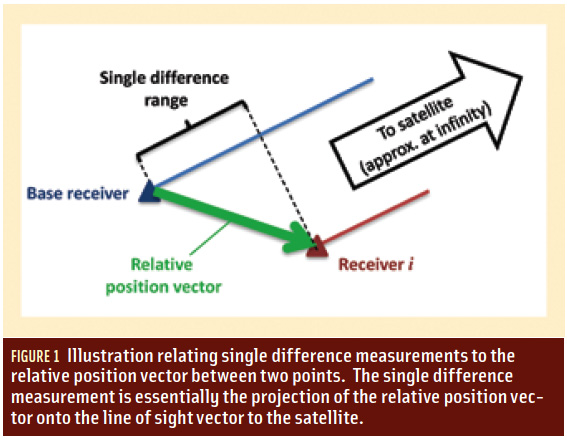How do you compute relative position using GNSS?
 Figure 1
Figure 1Q: How do you compute relative positions with GNSS?
A: GNSS is well recognized as an excellent means of computing position, but many people think that GPS only provides absolute position information. However, GNSS can also provide relative position information. In this column, we will look at some of the details of how this is done.
By Inside GNSS






















